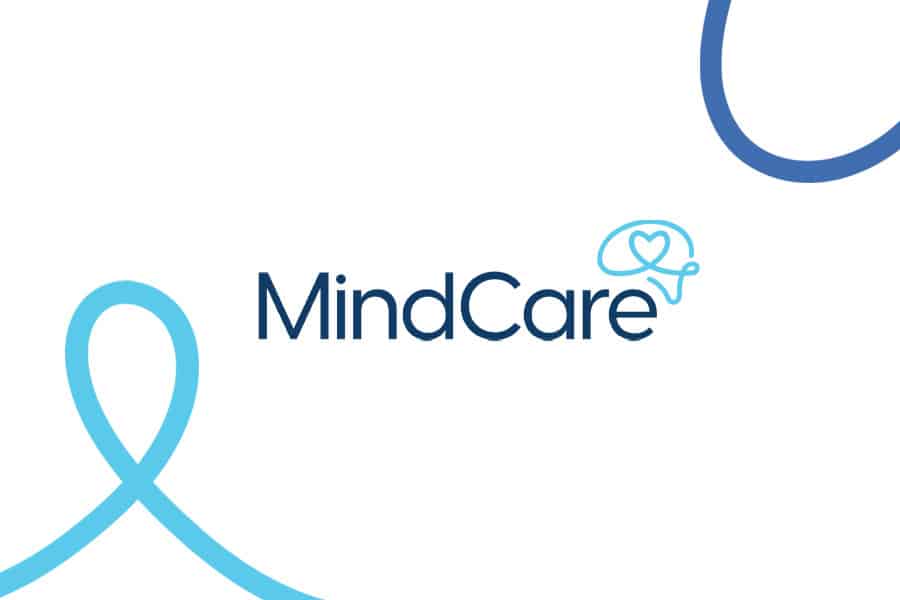EMDR (Eye Movement Desensitization and Reprocessing) is a therapy designed to help people recover from trauma and PTSD.
It uses bilateral stimulation, such as guided eye movements, to activate the brain’s natural healing process. This method simulates the rapid eye movement (REM) phase of sleep—when the brain typically processes daily experiences.
Developed in 1987 by psychologist Francine Shapiro, EMDR enables the brain to reprocess traumatic memories that remain “stuck” and unprocessed.
How does EMDR therapy work?
EMDR stimulates the brain’s adaptive information processing system.
When a traumatic memory is triggered, it can activate intense emotional and physical responses. EMDR helps rewire how the brain stores and responds to that memory by:
- Identifying the disturbing memory
- Activating bilateral stimulation (e.g., eye movements)
- Associating new, adaptive thoughts with the memory
- Reducing emotional distress
Over time, the memory loses its emotional intensity and stops interfering with daily life.
What types of trauma can EMDR treat?
EMDR can treat both “big-T” and “small-t” traumas.
Big-T trauma examples:
- Physical or sexual assault
- War or combat exposure
- Natural disasters
- Car accidents
Small-t trauma examples:
- Emotional neglect
- Bullying or social rejection
- Relocation or job loss
- Family conflict
Both forms of trauma can overwhelm the nervous system and contribute to long-term distress if left unprocessed.
What happens to trauma in the brain?
Unprocessed trauma is stored in the limbic system, causing distressing triggers and emotional flashbacks.
The brain’s natural coping system sometimes fails to integrate traumatic experiences. These memories become fragmented and emotionally charged. Triggers in everyday life can activate:
- Fear
- Panic
- Hypervigilance
- Dissociation
EMDR allows the brain to access these memories in a safe way, integrate them, and reduce their emotional power.
Why is EMDR different from talk therapy?
EMDR doesn’t require detailed verbal recounting of traumatic events.
Unlike traditional talk therapies, EMDR focuses on memory reprocessing rather than prolonged discussion. The client remains aware but doesn’t need to relive or describe every detail.
Benefits:
- Non-invasive and structured
- Faster progress for many clients
- Reduced emotional overwhelm
- Effective for people who struggle with talking about trauma
This makes EMDR suitable for clients who feel stuck in trauma without having to revisit every memory verbally.
What are the stages of EMDR therapy?
EMDR is delivered in 8 structured phases:
| Phase | Purpose |
| 1 | History taking and treatment planning |
| 2 | Preparation and building emotional safety |
| 3 | Target identification |
| 4–7 | Desensitisation, installation, body scan, closure |
| 8 | Reevaluation and follow-up |
Each phase builds on safety and readiness, allowing clients to process at their own pace.
Who benefits from EMDR therapy?
EMDR is effective for children, teens, and adults with trauma-related symptoms.
Conditions treated:
- PTSD (Post-Traumatic Stress Disorder)
- Complex PTSD (C-PTSD)
- Anxiety disorders
- Panic attacks
- Phobias
- Grief and loss
- Childhood neglect or abuse
Research supports EMDR’s efficacy across diverse populations and cultures.
What does the research say about EMDR?
Over 30 randomised controlled trials confirm EMDR’s effectiveness in treating PTSD.
Studies show that:
- 80–90% of single-trauma sufferers show significant improvement after 3–6 sessions
- EMDR is endorsed by the World Health Organization (WHO), APA, and NICE
Evidence suggests EMDR can be as effective—or more—than cognitive behavioural therapy (CBT) for trauma-related symptoms.
How can EMDR support long-term healing?
EMDR restores adaptive memory processing and builds emotional resilience.
By reducing the emotional charge of traumatic memories, EMDR helps individuals:
- Regain a sense of safety
- Improve daily functioning
- Strengthen self-regulation
- Reconnect with purpose and self-worth
Healing becomes possible without retraumatisation, enabling individuals to live more fully in the present.
Where can you get EMDR therapy in Australia?
EMDR-trained clinicians are available across Australia, especially in trauma-informed psychology practices.
To start EMDR, seek a registered psychologist with EMDR training. A collaborative care plan may involve:
- Initial assessment of trauma history
- Goal setting
- Safety planning
- Referral to medical or allied health professionals as needed
You can discuss EMDR as part of your therapy options with a trauma-informed psychologist.
Ready to explore EMDR therapy?
If you’re living with the effects of trauma, EMDR may offer the breakthrough you need.
At Mind Care, we offer trauma-informed therapy tailored to your needs—including EMDR, CBT, and integrative approaches.
Contact us today to book a consultation and take your first step toward healing with professional support.








